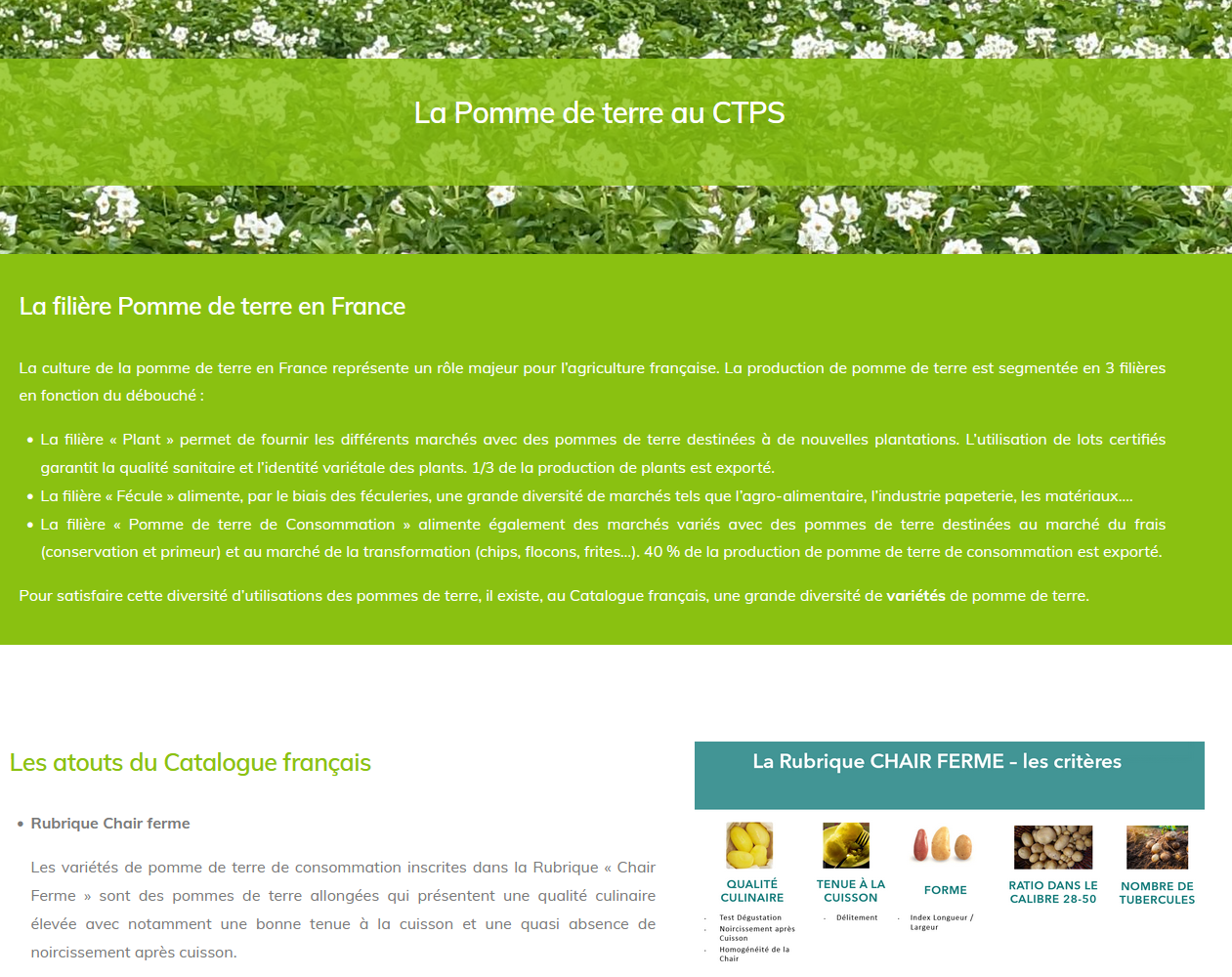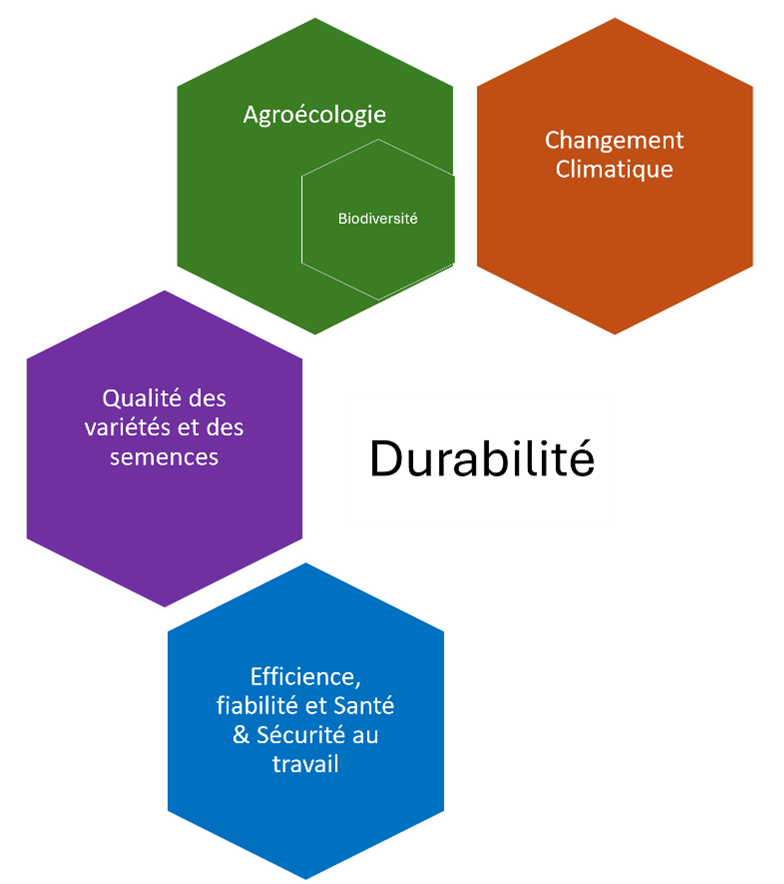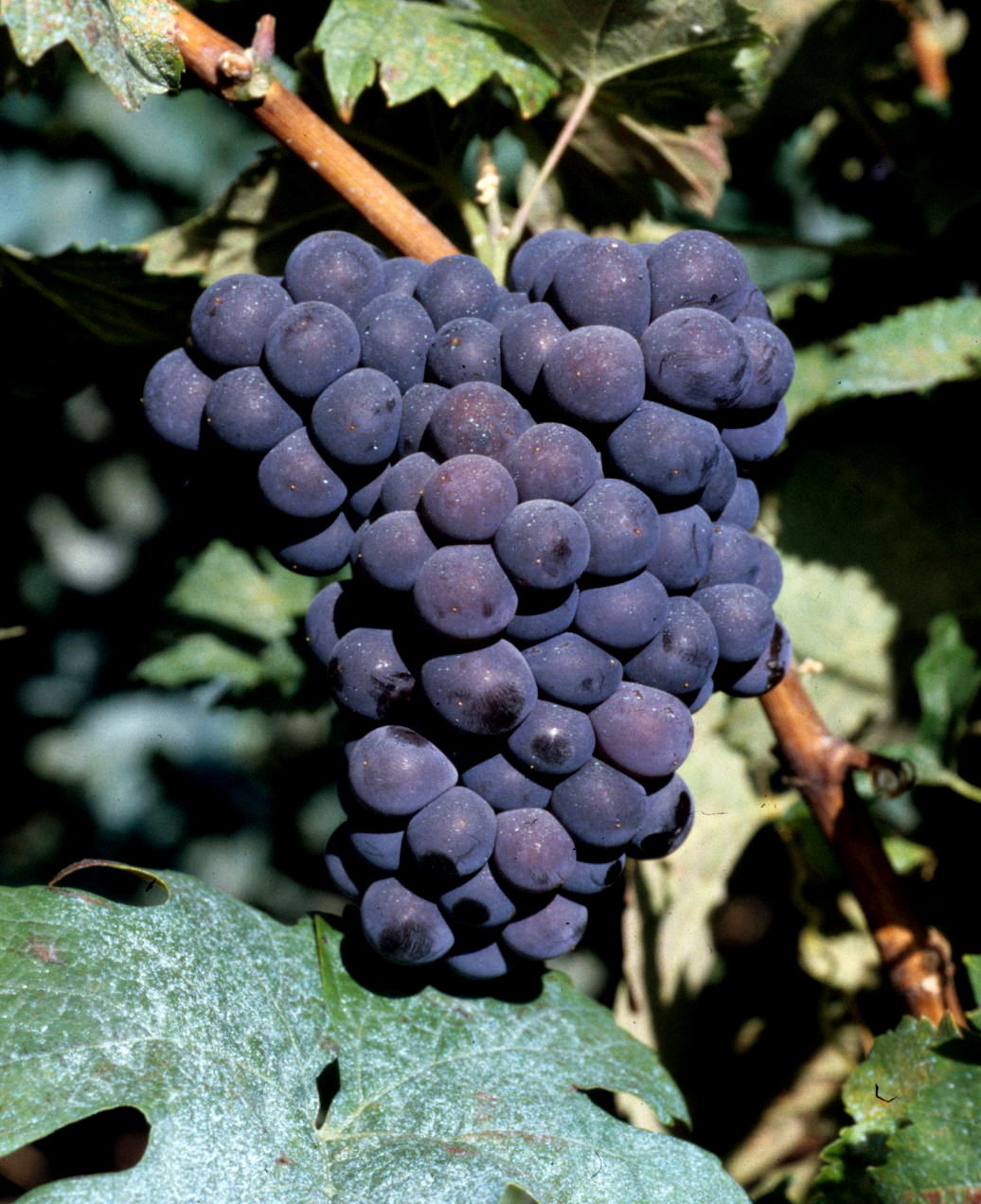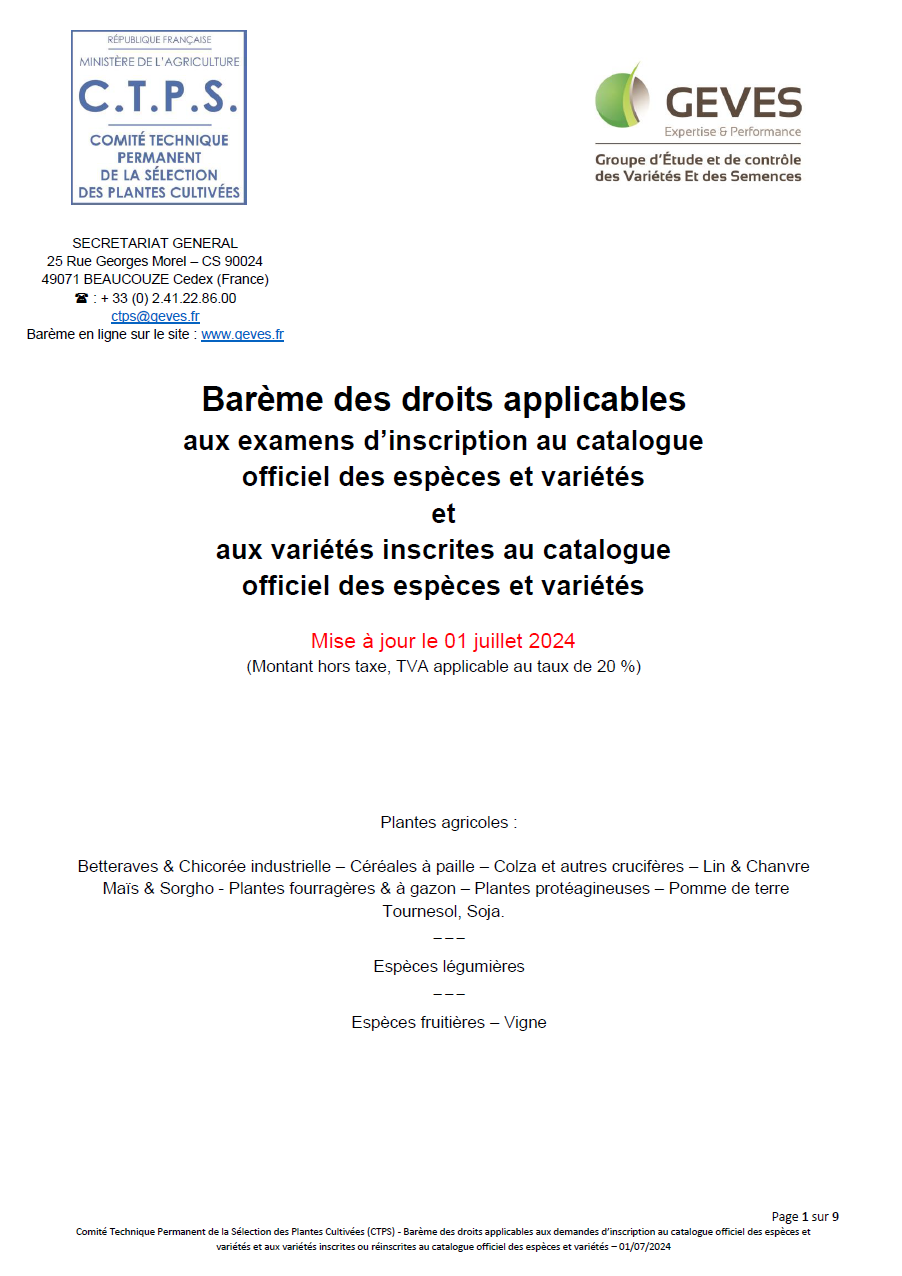
From the CTPS Vine Section
At its meeting on 12 December 2023, the Vine Section of the CTPS addressed two subjects relating to the evolution of the framework for the registration of varieties in the Catalogue: on the one hand, considering the sustainable management of genes for resistance to certain cryptogamic diseases, and on the other, experimenting with high-throughput sequencing to determine the health status of clones for approval purposes. These subjects will be discussed internally and by enlarged working groups, which will, if necessary, propose changes to the Technical Regulations of the CTPS Vine Section.
The winegrowing sector is highly motivated by the introduction of new varieties with genes for resistance to certain cryptogamic diseases such as mildew and powdery mildew, in order to limit the number of phytosanitary treatments in the field. The arrival of many new candidate varieties, presenting one or more resistances, requires the CTPS Vine Section to take charge, as well as the winegrowing industry to think about how to maintain the common good, which is the resistance genes identified and introduced into the new varieties.
The sustainable management of resistance requires us to look at the genes and the way in which they are deployed across the territory, but also to back up this approach with prophylactic measures, such as recommending minimal treatment to reduce the selection pressure that resistance genes exert on pathogen populations, and to put in place epidemiological monitoring measures in plots of land planted with varieties carrying these resistance genes. For registration in the Catalogue, taking into account the resistance genes present in a candidate variety, its behaviour in the vineyard under different conditions of epidemiological pressure and in the laboratory, are aspects that are being considered with a view to possibly amending the Technical Examination Regulations for vine varieties.
In addition, the health status of candidate clones is currently established using an old technique, indexing by an indicator variety for the presence of viruses. With the arrival of many new varieties and the development of high-throughput sequencing techniques, the Vine Section has agreed to launch an experiment on virus detection by sequencing. The work of the CTPS Vine Section will begin with the development of an analysis protocol and detection rules based on the viruses detected.




